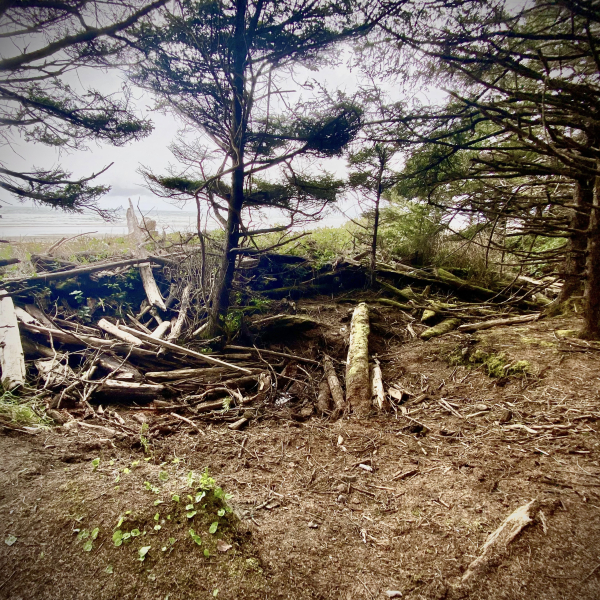Guest blog by: Teresa Mackey, National Marine Sanctuary Foundation
In recent years, increasing amounts of marine debris littering the shores of Washington’s wilderness beaches have caused concern in the conservation community. Salish Synergy: Cross-Border Debris Removal and Recycling, an ambitious new project led by the National Marine Sanctuary Foundation and funded by the NOAA Marine Debris Program, aims to remove 35,000 pounds of marine debris from Washington’s outer coast annually.
The National Marine Sanctuary Foundation and Washington CoastSavers have teamed up with Olympic Coast National Marine Sanctuary, Net Your Problem, the Ocean Legacy Foundation, and other partners to achieve this marine debris removal goal. This multidisciplinary team of scientists, educators, Tribal members, and volunteers are organizing six major shoreline cleanups and over sixty smaller events that help stop the flow of marine debris at every stage in its cycle - from prevention and education, to removal and restoration, to recycling and repurposing.
Heavy rainfall and winds from winter storms drive marine debris from out in the ocean onto beaches. This dangerous debris littering our coastlines injures and kills marine life (such as seabirds, forage fish, and marine mammals), can interfere with shipping and navigation, and threatens coastal industries such as aquaculture and fishing. Although marine debris accumulates over time and has impacts on the ecosystem for years to come, with teamwork and dedicated volunteers, it can be removed within a weekend!

The removal of debris from these shores prevents its distribution by wind and waves, and reintroduction to the environment. Volunteer teams trek to remote areas to collect and catalog the debris, which comes in many shapes and sizes - ranging from soda cans and plastic bags, to derelict fishing gear, and even abandoned vessels! Collecting data improves our understanding of the types and amounts of marine debris found on these shorelines, and helps promote efforts that stop it at the source. Volunteers then haul the debris to designated disposal locations. During the April 2022 Earth Day cleanup, almost 2,000 pounds of plastics, foam, net, and rope were removed from a remote area in Olympic National Park. Data collected on the debris improves our understanding of the types and amounts of marine debris in our area and helps promote efforts that stop it at the source.

The second phase of this effort begins after the debris is collected. Instead of continuing to cycle through the ecosystem, these plastics are given new life. Using innovative methods, partners mechanically process the hard plastics to recycle them into durable products, such as crab gauges, or tools used to measure crabs after they are caught, to demonstrate the potential value of this debris to manufacturers. A mold for commercialization of this new product was built and partners hope to manufacture and distribute 500 units to recreational boaters.
Education and community engagement on marine debris is a key component of the National Marine Sanctuary Foundation’s conservation work. Project partners will also develop a best practices guide for outreach about responsibly disposing and deriving value from beach plastics.
Through participation, these cleanups educate and empower the community to be lifelong environmental stewards, safeguard these special places along Washington waters, and restore their beauty for all to enjoy.
